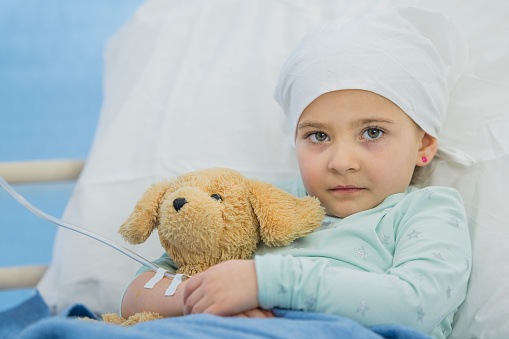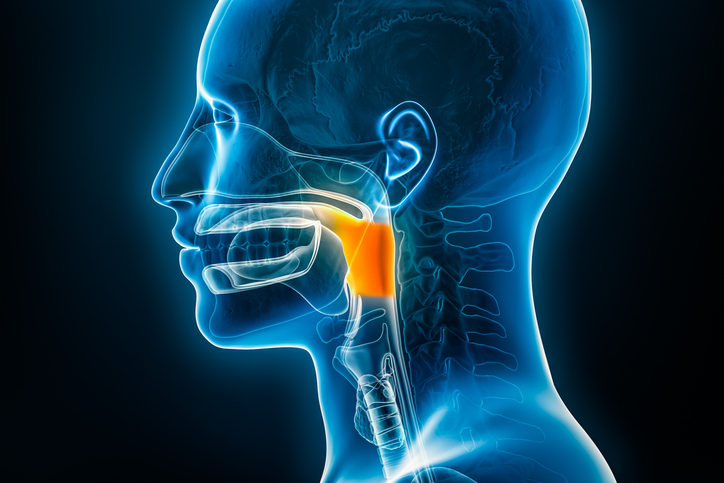
Solid organ transplantation should be considered for five-year childhood cancer survivors who suffer from severe end-organ failure, according to a study published in The Lancet.
In this retrospective cohort study, known as the Childhood Cancer Survivor Study (CCSS), researchers assessed 13,318 individuals who survived at least five years after childhood cancer diagnosis. To qualify for the study, the participants were younger than 21 years of age at the time of diagnosis – born between Jan. 1970, and Dec. 1986, at one of 25 institutions in the USA. Eligible participants also had been diagnosed with leukemia, lymphoma, malignant CNS tumors, neuroblastoma, Wilms’ tumors, or bone and soft tissue sarcomas.
Subsequently, the researchers linked data from CCSS participants treated to the Organ Procurement and Transplantation Network – comprised of data of all US organ transplants. The two key outcomes in this study for each type of organ transplant were date of first registration of a transplant candidate on the waiting list for an organ, and the date of the first transplant received. Moreover, to analyze the data the researchers calculated the cumulative incidence of being placed on a waiting list or receiving a solid organ transplantation, hazard ratios (HRs) for identified risk factors, and five-year survival following transplantation.
Organ Specific Cancer Exposures Linked to Transplantation
According to the results, 100 five-year survivors had 103 solid organ transplants (50 kidney, 37 heart, nine liver, seven lung) and 67 were registered on a waiting list without receiving a transplant (21 kidney, 25 heart, 15 liver, six lung). The researchers observed that at 35 years after cancer diagnosis, the cumulative incidence of transplantation or being on a waiting list was 0·54% (95% CI, 0·40 to 0·67) for kidney transplantation, 0·49% (95% CI, 0·36 to 0·62) for heart, 0·19% (95% CI, 0·10 to 0·27) for liver, and 0·10% (95% CI, 0·04 to 0·16) for lung, respectively.
Furthermore, the study showed potential risk factors for kidney transplantation included unilateral nephrectomy (HR=4·2; 95% CI 2·3 to 7·7), ifosfamide (HR=24·9; 95% CI, 7·4 to 83·5), total body irradiation (HR=6·9; 95% CI, 2·3–21·1), and mean kidney radiation of greater than 15 Gy (>15–20 Gy, 3·6 [1·5–8·5]; >20 Gy 4·6 [1·1–19·6]); for heart transplantation, anthracycline and mean heart radiation of greater than 20 Gy (dose-dependent, both p<0·0001); for liver transplantation, dactinomycin (HR=3·8, 95% CI, 1·3 to 11·3) and methotrexate (HR=3·3; 95% CI 1·0 to 10·2); for lung transplantation, carmustine (HR=12·3; 95% CI, 3·1 to 48·9) and mean lung radiation of greater than 10 Gy (HR=15·6; 95% CI 2·6 to 92·7). Overall, the five-year survival following solid organ transplantation was 93·5% (95% CI, 81·0 to 97·9) for kidney transplantation, 80·6% (95% CI, 63·6 to 90·3) for heart, 27·8% (95% CI, 4·4 to 59·1) for liver, and 34·3% (95% CI, 4·8 to 68·6) for lung.
https://twitter.com/Jfpohl/status/1166860523289436162?s=20
“Solid organ transplantation is uncommon in ageing childhood cancer survivors,” the study authors wrote in their conclusion. “Organ-specific exposures were associated with increased solid organ transplantation incidence.”
[Articles] Solid organ transplantation after treatment for childhood cancer: a retrospective cohort analysis from the Childhood Cancer Survivor Study: Solid organ transplantation is uncommon in ageing childhood cancer survivors. Organ-specific… https://t.co/JiMbvhAyjp #Cancer
— Cancer News (@Cancer_bio) August 27, 2019







 © 2025 Mashup Media, LLC, a Formedics Property. All Rights Reserved.
© 2025 Mashup Media, LLC, a Formedics Property. All Rights Reserved.